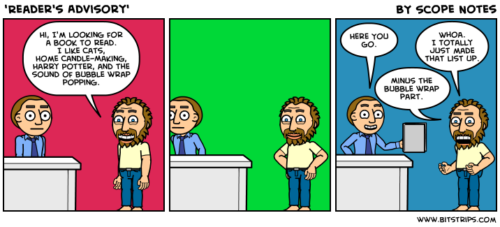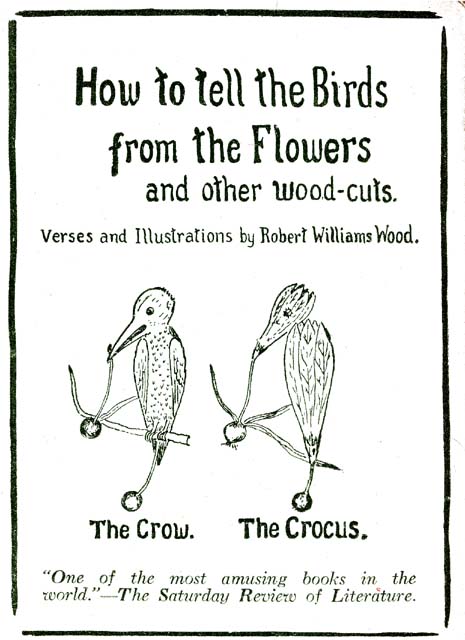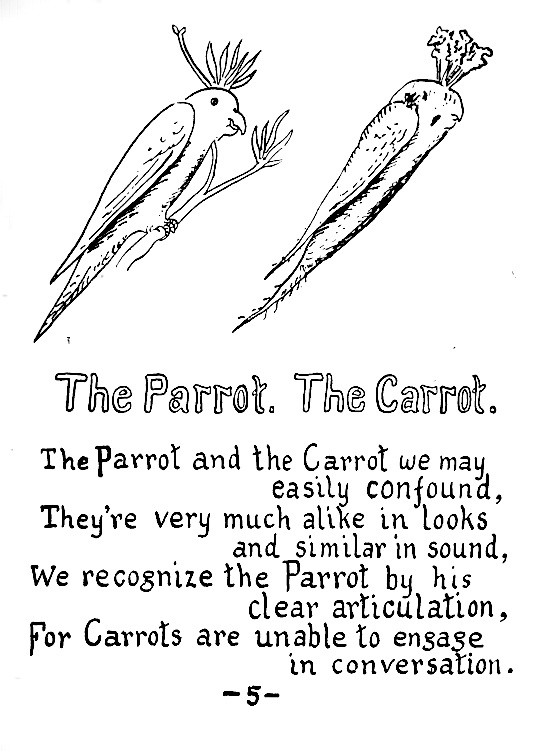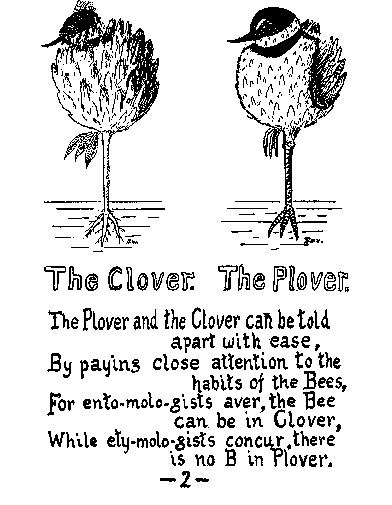 In my current job I’ve become somewhat fascinated with what could easily be considered the key tool in a librarian’s toolbelt: Reader’s Advisory. Patron asks you to recommend a book based on a set of preferences and you knock it out of the park. That’s our job and we do it well. Booksellers do it too, don’t get me wrong, but we have the advantage of an extensive backlist of out-of-print titles at our fingertips. It’s taken a little while, but recently I noticed that a LOT of folks are getting in on the Reader’s Advisory game. Companies like Bookish, Zoobean, SelectReads, certainly, and now? An actual publishing company itself. The Penguin Hotline is pretty much what it sounds like: A publishing house doing RA. Says their site, “Tell us as much as you’d like about the reader you’re buying for this holiday season and our expert staffers will find you just the right books. You’ll get personalized recommendations from real Penguins! Every request is handled individually by one of our in-house editors, marketers, designers, salespeople, publicists, and more.” And they actually do. What all this says to me is that libraries need to double down on their RA skills. Take some tips from Multnomah County’s My Librarian site for starters. That idea is crazy good. We could all learn a thing or two from it.
In my current job I’ve become somewhat fascinated with what could easily be considered the key tool in a librarian’s toolbelt: Reader’s Advisory. Patron asks you to recommend a book based on a set of preferences and you knock it out of the park. That’s our job and we do it well. Booksellers do it too, don’t get me wrong, but we have the advantage of an extensive backlist of out-of-print titles at our fingertips. It’s taken a little while, but recently I noticed that a LOT of folks are getting in on the Reader’s Advisory game. Companies like Bookish, Zoobean, SelectReads, certainly, and now? An actual publishing company itself. The Penguin Hotline is pretty much what it sounds like: A publishing house doing RA. Says their site, “Tell us as much as you’d like about the reader you’re buying for this holiday season and our expert staffers will find you just the right books. You’ll get personalized recommendations from real Penguins! Every request is handled individually by one of our in-house editors, marketers, designers, salespeople, publicists, and more.” And they actually do. What all this says to me is that libraries need to double down on their RA skills. Take some tips from Multnomah County’s My Librarian site for starters. That idea is crazy good. We could all learn a thing or two from it.
- Monday, January 11th. It’s almost a month away. The happiest day of the year. The day when they announce the Youth Media Awards, better known to the rest of the world as Newbery/Caldecott Day (and by “rest of the world” I mean “my brain”). In preparation, I was pleased to see Monica Edinger’s thoughtful appraisal of the Newbery itself in the piece Thoughts on Newbery: The Nature of Distinguished. In it, Monica talks quite a bit about Laura Amy Schlitz’s The Hired Girl, a book which (coincidentally) also showed up on Marjorie Ingall’s fantabulous Best Jewish Books 2015. Seriously, if you need Hanukkah gifts for any kid of any age, your prayers have been answers. For the rest of you, her voice is just so good. Downright sublime, some might say. Miss it and you’re missing out. (She also has stellar taste)
- I’m not the first, second, third, or forty-fifth children’s literature enthusiast to link to this, but nonetheless I think the Atlas Obscura article C.S. Lewis’ Greatest Fiction: Convincing American Kids That They Would Like Turkish Delight is dead on. I grew up thinking it would be akin to sugar powdered squares of chocolatey confectionary delight. Then I went to London for foreign study and I and each of my classmates individually had to make the discovery that the stuff ain’t worth betraying much of anyone, let alone your blood kin. Edmund should have held out for fudge. Thanks to mom for the link.
- Love and adore this. From 100 Scope Notes: Everything You Need to Know About Reading Levels in One Image. Nuff said.
- Bookish (mentioned earlier) had a rather delightful encapsulation of fantastic literary-themed Christmas tree ornaments, just in case you’re scrambling to get something for that reader in your life. My personal favorite (aside from the library lion a.k.a. Patience which I MUST have):
- In other news, Yahoo News recently announced that a Tintin expert was just named as an official “professor of graphic fiction and comic art.” Wouldn’t mind having one of these stateside as well. Perhaps an expert in Pogo. A gal can dream.
- The resident 4-year-old is on a picture book biography kick right now, so on Saturday we went to the library’s bio section to find some new fare. We ended up in the Lincoln section and lo and behold her eyes alit on that old d’Aulaire’s Caldecott Award version of the life of Abraham Lincoln. I steered her clear, knowing its contents very well indeed. I never thought of it as the d’Aulaires’ best work, and we took home the Judith St. George/Matt Faulkner Stand Tall, Abe Lincoln instead. The d’Aulaire version had already been on my mind because of a recent PW announcement that a small publisher is bring the book back to the world. Mind you, “they made minor modifications to the original art and text to reflect contemporary views about race politics and to reflect historical accuracy.” Guess I’ll have to reserve judgement until I see it for myself.
- Joseph Conrad’s Heart of Darkness: Now with more indelible images that will haunt your nightmares until doomsday! Don’t try to unsee it. Don’t even bother.
- Daily Image:
This week in our popular series Children’s Books from 1907, we take a look at a little number that just makes me inordinately happy.
I think you get the gist. You may read the book in its entirety here. Thanks to Mara Rockliff for the link.






















Love the birds and flowers!
“One of the most amusing books in the world.” Now THERE’S a blurb! I think I need to add more birds and flowers to my book…
Will the awards be live-streamed this year? Thanks.
Thanks for the link to Monica’s article. Like most (if not all) of Monica’s writing, it was thoughtful and lovely and spot-on.
Also, the bird or flower photos – great! I’m trying to think of a way to weave this into a lesson…
So many great links, thank you! On an unrelated topic, I’ve noticed lately that when readers get to the last page of a picture book they frequently turn the page to see if there is more to be read. It seems rather anti-climactic to reach the end of a book and not realize it’s the end. Really ruins the punch line, so to speak. I would like the words THE END to come back in vogue for picture books, anyone else have thoughts on this?
But of course! I can’t find the link now (they may not have it up yet) but will keep you informed accordingly.